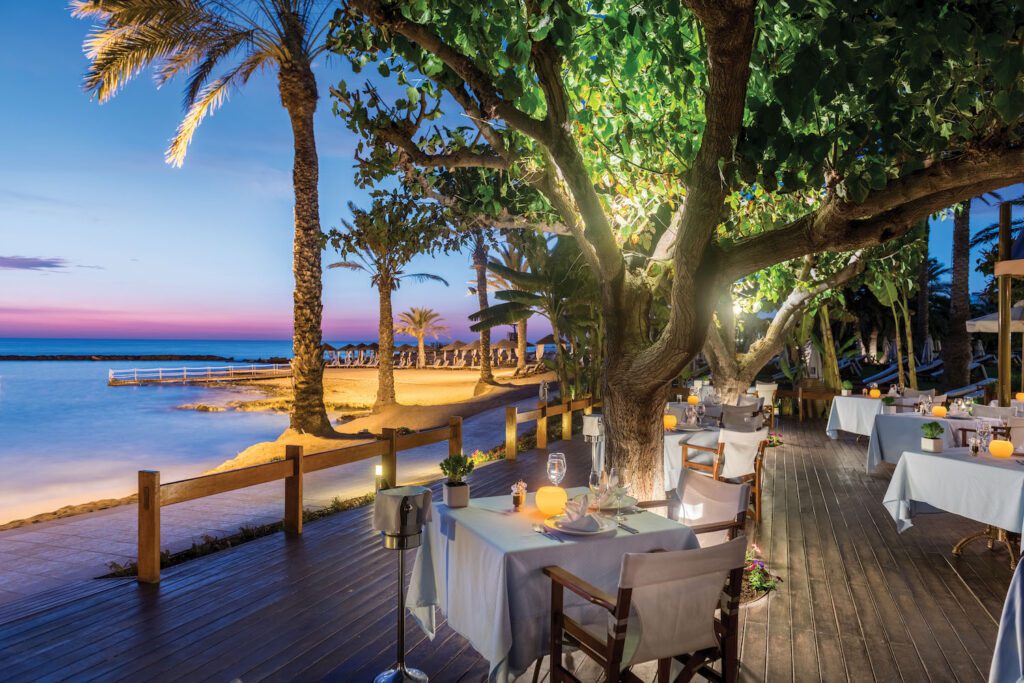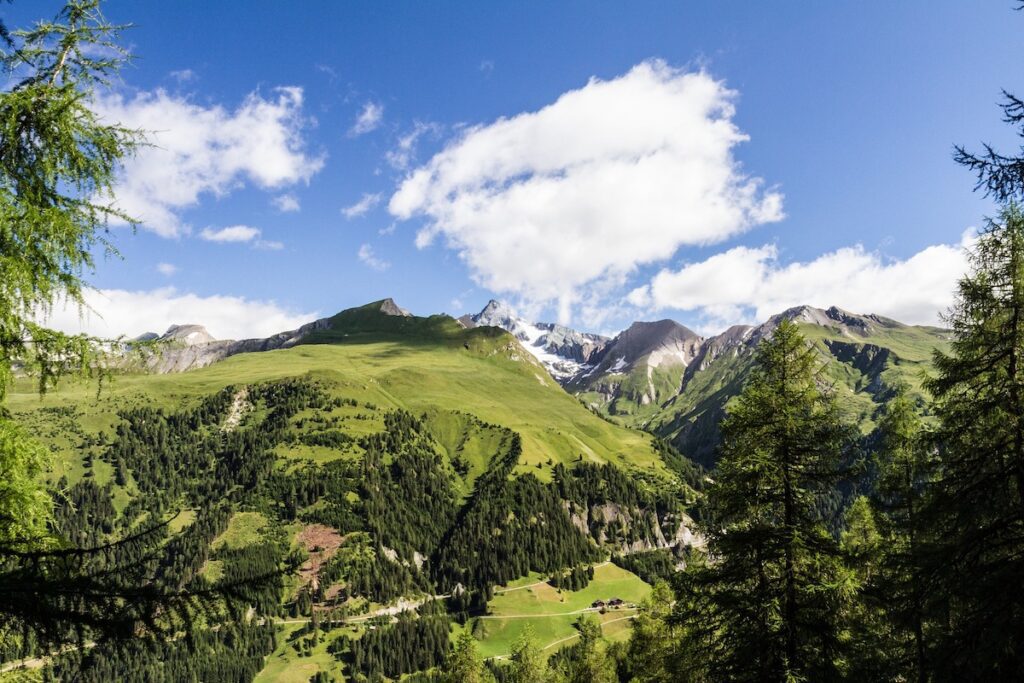The Spanish region on the northern Atlantic coast known as Asturias, on the northern coast between Cantabria and Galicia, is heaven for nature lovers. Mixing sea and mountain, architecture and village life, the region offers breathtaking days out for hiking, biking, skiing or soaking up a simpler way of life.
Protecting Natural Asturias
In the first century AD famous Greek geographer and traveller Strabo already boasted the beauties of the region. A first national park was created in 1918 and today there are no less than ten World Biosphere Reserves to explore in the region.
Protecting nature is a part of life here and it really shows when you look at the preserved landscapes and the rich wild life. Several species that are endangered or extinct in other parts of the world such as the brown bear or the grouse have been protected for decades and enjoy a safe life in a rich ecosystem.
 Somptuous-gorge-near-the-village-of-Aller
Somptuous-gorge-near-the-village-of-Aller
Get Outdoors in Asturias
During our stay in Asturias we mostly visited Aller, a small mountainous area in the southern part of the region. Here small rivers have dug deep gorges through the mountain, beautiful oak, chestnut and beech forest shelter numerous wild animals, high peaks offer 360° spectacular views and a vast network of hiking and biking trails can take you to all these beautiful places. You can explore the area on your own but I highly recommend booking the services of a guide. You can get in touch with Jarascada a nature guides company proposing quality mountain activities. Jarascada is a word of the local language that refers to the very first snow that falls in the area in autumn. A very poetic word that says a lot about the connection between nature and human beings in Asturias.
 Asturias-an-ideal-place-for-hiking-trekking-or-biking
Asturias-an-ideal-place-for-hiking-trekking-or-biking
The company organises year-round activities in the Cantabrian Mountains and the spectacular Picos de Europa National Park as well as in the Pyrenees. In spring and summer time they can take you on special tours to see brown bears or go hiking for 3 or 5 days on the circular way going through and around the Picos de Europa massif with stops in mountain shelters. You can also learn more about stars and comets during a night astronomy workshop or discover the Roman Way of the Carisa, an ancient road created during the Roman colonisation to link Asturias and Leon.
There are also one-night bivouac in a magical spot to enjoy a unique sunset and sunrise. In autumn at daybreak they can take you to well-chosen places where you will be able to listen to the bellowing of the deer. Their most popular tour that is booked weeks in advance is the night route with snowshoes. Walking under a moonlit sky on the sparkling snow will undoubtedly create an indelliable memory.
 The Impressive Xurbeo. waterfall
The Impressive Xurbeo. waterfall
On your own you can make easier excursions to the Xurbeo waterfall, the Foces de el Pino or the Foces de Rio Aller gorges. In winter, a small ski resort is open in Aller Valley. Called Fuentes de Invierno, the resort has 15 slopes (3 green, 3 blue, 6 red, and 3 black) with modern ski lifts. It is the perfect place for unusual winter holidays far from trendy crowded resorts.
 The Roman villa-of Veranes
The Roman villa-of Veranes
Architectural Asturias
There are also many architectural places of interest to visit in Asturias. In ancient times, Romans occupied the region for several centuries. They were interested in the rich gold and silver mines but also built cities and villas. Close to Gijon you can go to Veranes Villa and discover this vast archaeological site that used to be the home and farm of a rich family of Roman citizens. Not much of the walls are still standing but you will see nice mosaics and the surrounding landscape is both spectacular and relaxing. Some village churches are worth visiting.
Several of these Romanesque churches date way back to the 12th and 13th centuries and still sheltered remarkable elements such as San Vincente church in Serrapio village that has a surprising votive altar from Roman times dedicated to Jupiter as well as moving colourful frescoes.
 The San Vincente church-of Serrapio
The San Vincente church-of Serrapio
***
BeSeeingYou In: Asturias, Spain
Good to know: Asturias Airport is easily reached with direct flights from many European cities
WOW! Factor: Wooden clogs aren’t just found in the Netherlands. They are known as madreñas in Austurias
Tip: Try the Asturian cuisine, based on cider, fabada (bean stew), cheese as well as shellfish and fish
Author bio: Annick Dournes










